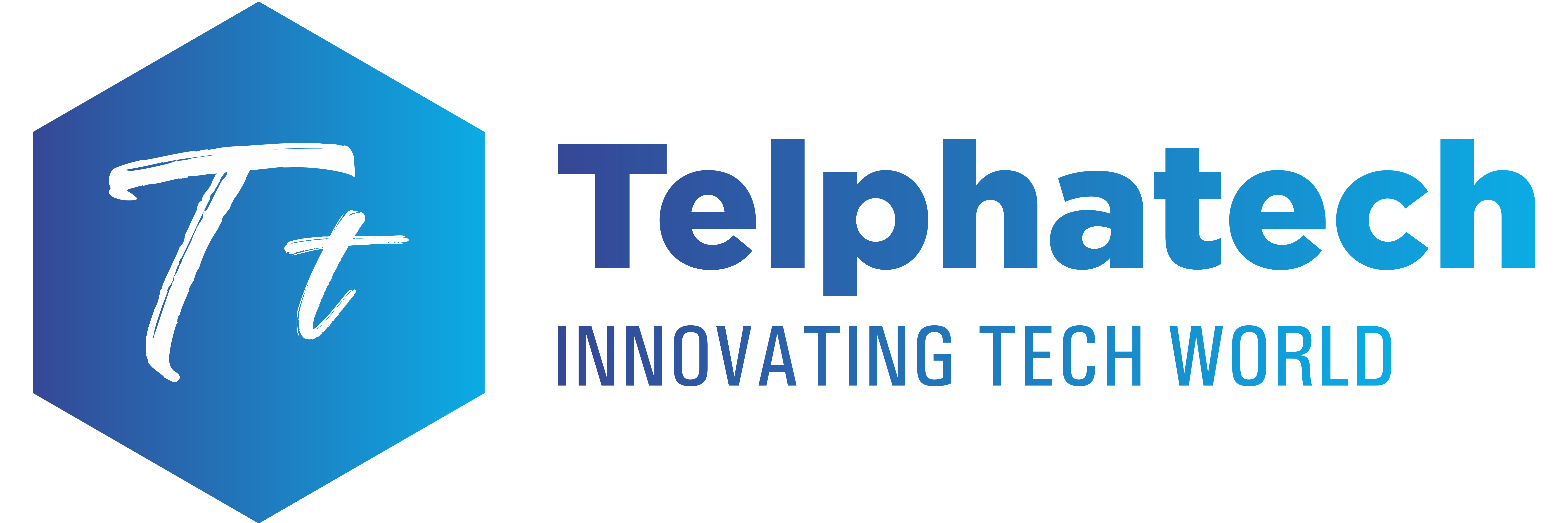Mobile app development is a rapidly evolving field, and developers often face the choice between native Android development and cross-platform solutions like Flutter. In this article, we’ll compare Android and Flutter, highlighting their strengths and weaknesses to help you make an informed decision for your mobile app project.
Native Android Development
- Performance and Speed:
- Android apps built with native tools (Java or Kotlin) typically offer optimal performance and speed. They have direct access to device features, leading to efficient operation.
- User Experience:
- Native Android apps seamlessly integrate with the platform’s design guidelines, offering a consistent and user-friendly experience. They also benefit from timely updates and features provided by Google.
- Access to Hardware Features:
- Native development allows direct access to device-specific features like camera, GPS, sensors, and NFC, providing a more extensive set of possibilities for app functionality.
- Mature Ecosystem:
- The Android ecosystem is well-established, with a vast user base, a variety of devices, and a thriving app store, Google Play.
- Development Tools:
- Google provides robust development tools such as Android Studio, which simplifies the app creation process and offers a wide range of features.
Flutter
- Cross-Platform Development:
- Flutter is a cross-platform framework developed by Google. It allows you to write code once and run it on both Android and iOS, which can save time and resources.
- Hot Reload:
- Flutter’s hot reload feature enables real-time code changes and immediate updates on emulators or physical devices. It’s a powerful tool for speeding up development and debugging.
- Consistent UI:
- Flutter offers a consistent UI across platforms, with widgets that mimic native components. This ensures that your app looks and feels the same on different devices.
- Vibrant Community:
- Flutter has a growing and active community that provides extensive support and a wide range of third-party packages, making it easier to extend your app’s functionality.
- Dart Programming Language:
- Flutter uses the Dart programming language, which is known for its fast performance and efficient memory usage.
Challenges
- Performance Trade-off:
- While Flutter offers cross-platform development, it might not achieve the same level of performance as native development, especially for resource-intensive apps.
- Platform-Specific Features:
- Access to specific hardware features or platform-specific functionalities might be limited in Flutter, requiring additional workarounds or native code integration.
- App Size:
- Flutter apps can be larger in size compared to their native counterparts due to the inclusion of the Flutter engine.
Decision Factors
- Project Requirements: Consider the specific needs of your project. If you require maximum performance or access to unique Android features, native development might be the better choice. For a cost-effective and time-efficient solution, Flutter can be ideal.
- Developer Skillset: Assess the skills of your development team. If they are proficient in Dart and interested in cross-platform development, Flutter is a viable option. For developers with strong Java/Kotlin skills, native Android development might be more comfortable.
- Time and Budget Constraints: Flutter can save time and resources by providing cross-platform capabilities. However, it might require more effort for platform-specific optimizations.
Conclusion
In conclusion, the choice between Android and Flutter depends on your project’s specific needs and constraints. Both have their strengths, and your decision should align with your development goals and available resources.

